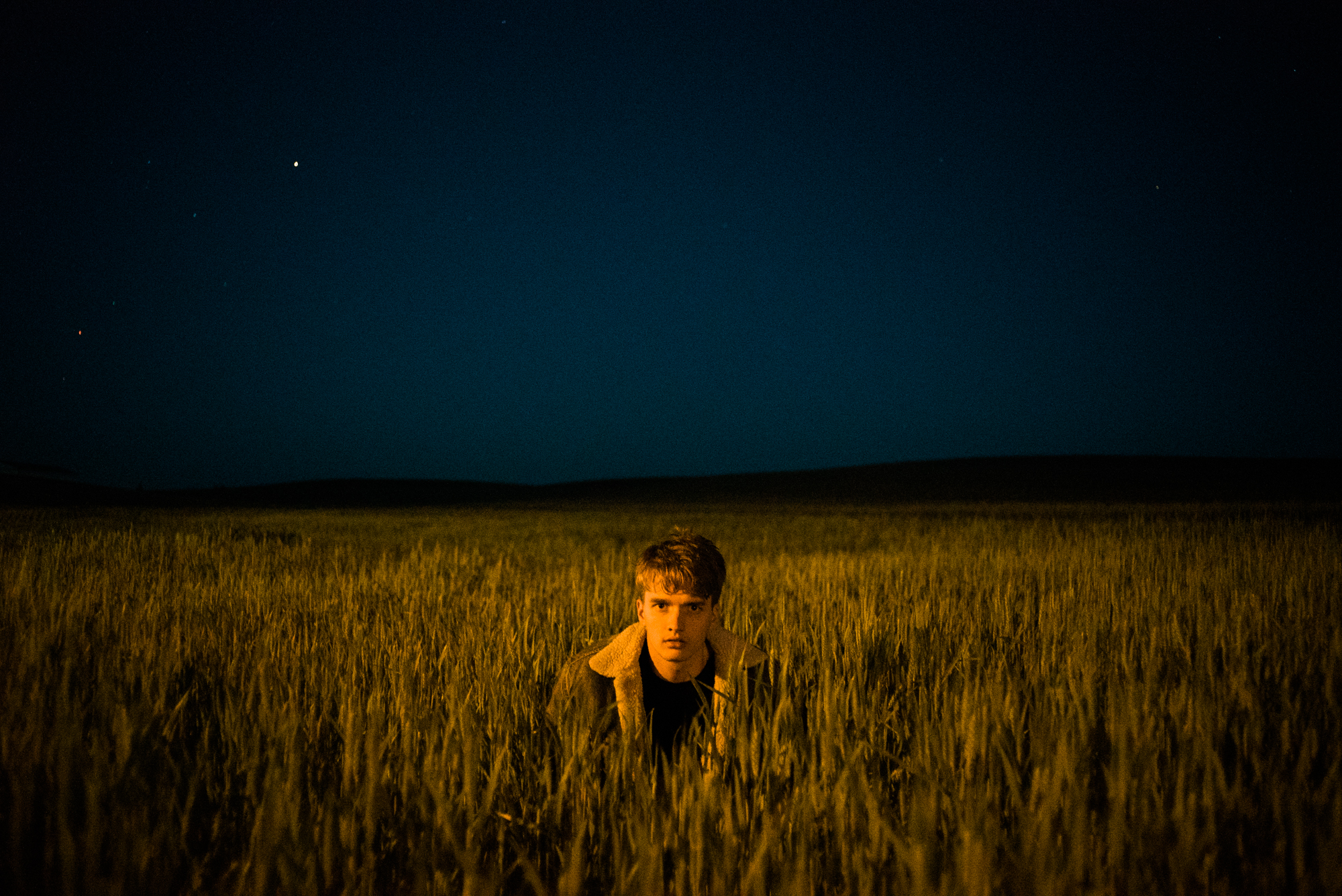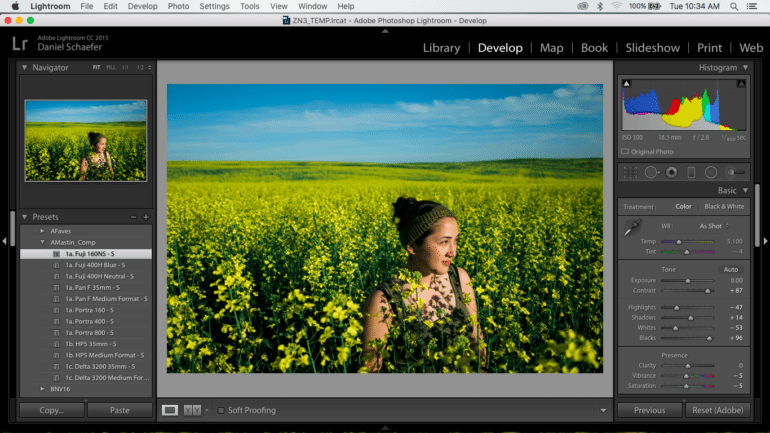Last Updated on 08/07/2016 by Chris Gampat
Review and images by Daniel Schaefer.
Editor’s note: we’ve also provided more samples to better illustrate our points.
Over the past few years, we’ve seen a slew of companies claiming a be all end all digital solution to mimicking film emulsion through a simple yet effective preset process. While many of these companies essentially slap your images across the face with a practically instafantastic palette riding saturation, fade and clarity like bucking broncos, others take the time to take a subtle approach, leaving the tuning up to you.
In testing the Mastin labs family of presets, I found this company to definitely be in the second camp. The Fuji and Portra packs both have a very minimally noticeable effect on each image. While the tones changing visibly for sure, I’ve found more often than not, in my pursuit of a finalized image I ended up correcting away from the preset functions. The treatment of shadows especially unpleasant, the highlights shifting minimally, really the only difference being odd and typically undesirable shifts in color. the Ilford Black and white pack while equally iffy at times has a saving grace in the addition of a solid emulsion of Delta 3200, and a very useful red filter emulator for fans of high contrast skies.
Granted, Mastin also states that these presets are a starting point and designed to be manipulated.
Features
There are three Packs: Fuji, Portra and Ilford
Fuji
Specs taken from their website
All Fuji X-Series cameras (except Fuji X100).
Portra
Specs taken from the website
All Fuji X-Series cameras (except Fuji X100).
Ilford
Specs taken from the website
All Fuji X-Series cameras (except Fuji X100).
In Use
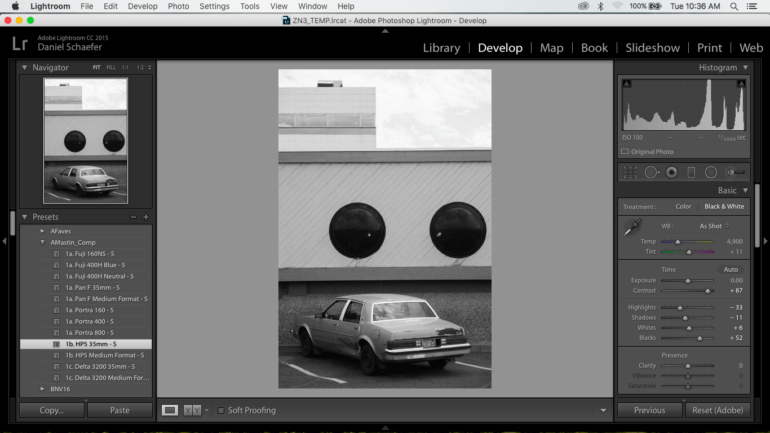
Each Mastin pack consists of at most three emulsion emulators, and a handful of single click actions that sadly I found almost utterly pointless and typically relatively damaging to the final image rather than a solid stepping stone with the exception of the red filter action in the BW pack.
In testing the packs, I used three images to test different strengths/weaknesses of most preset systems, each image has been tested with every preset except for the medium format alternates in the BW pack, which the only visible change is grain size. My personal published edit, as well as an unedited version, is also included of each image.
The Car shot shows how each preset responds to a varied range of muted colors in frame, presets often cast too wide a net and end up toning all the colors too similarly, leading to odd shifts in the overall tone.
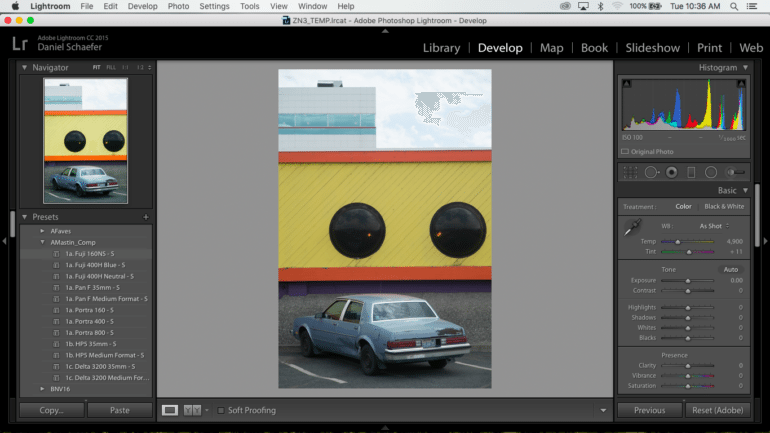
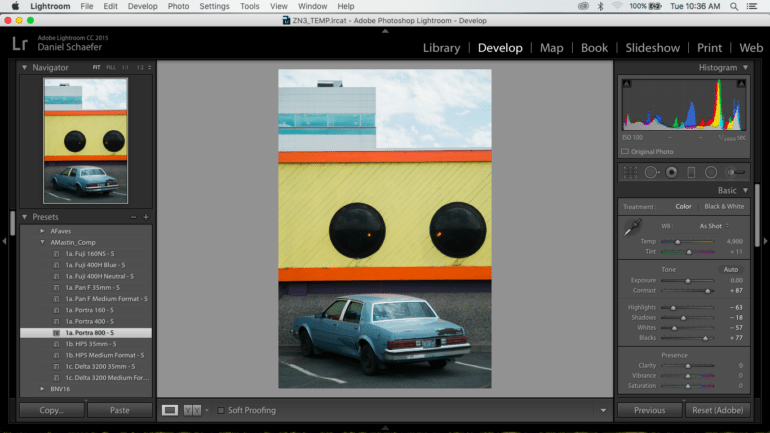
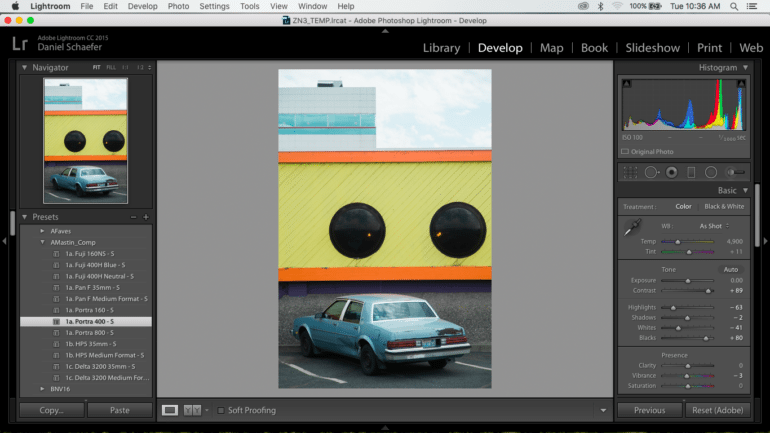
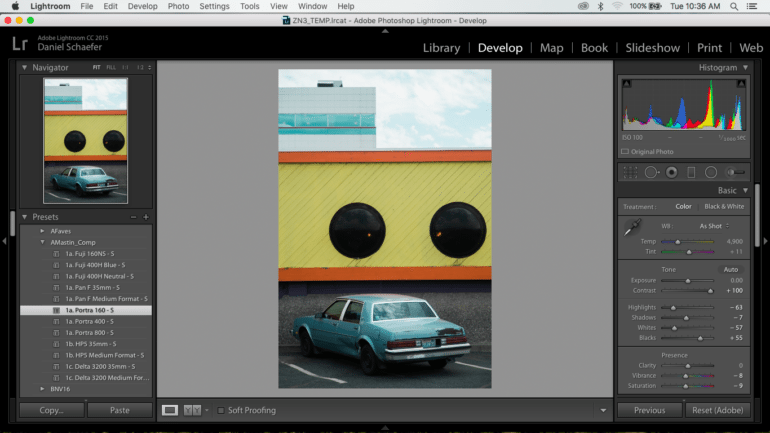
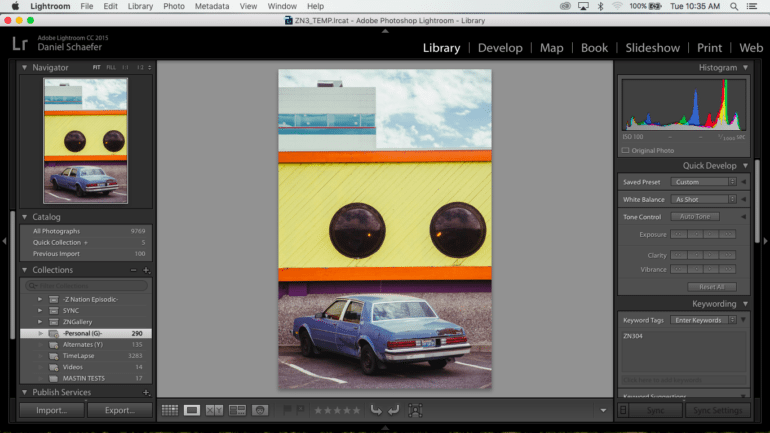
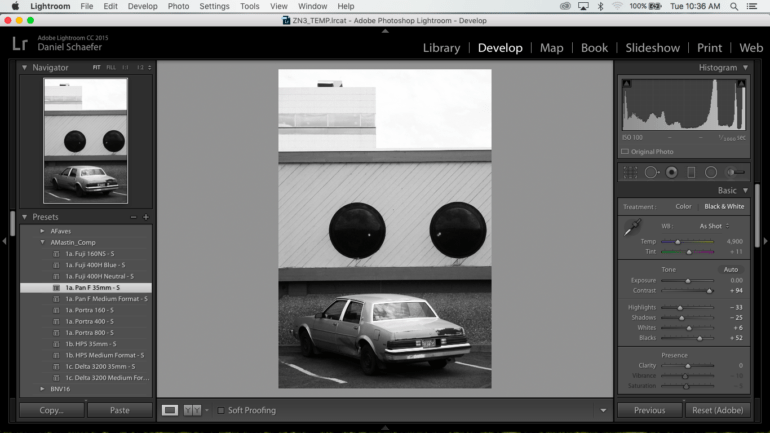
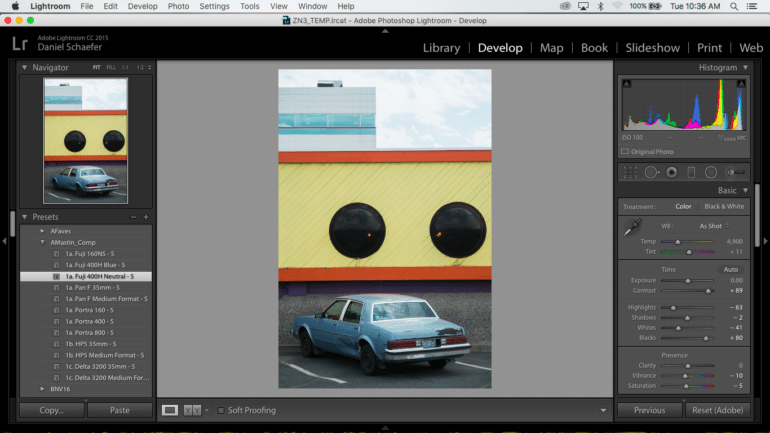
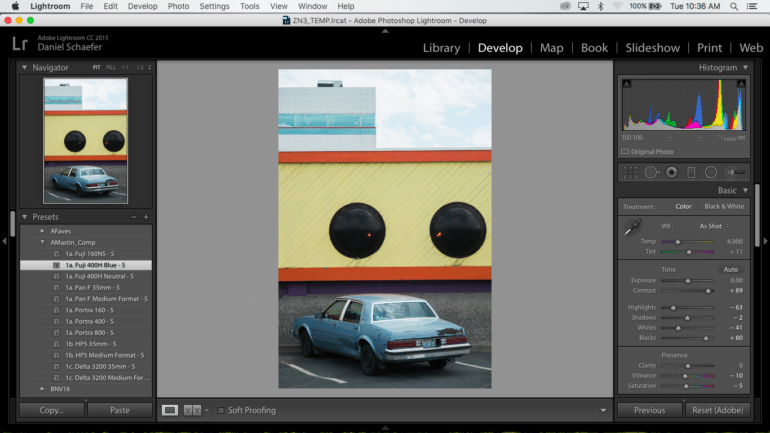
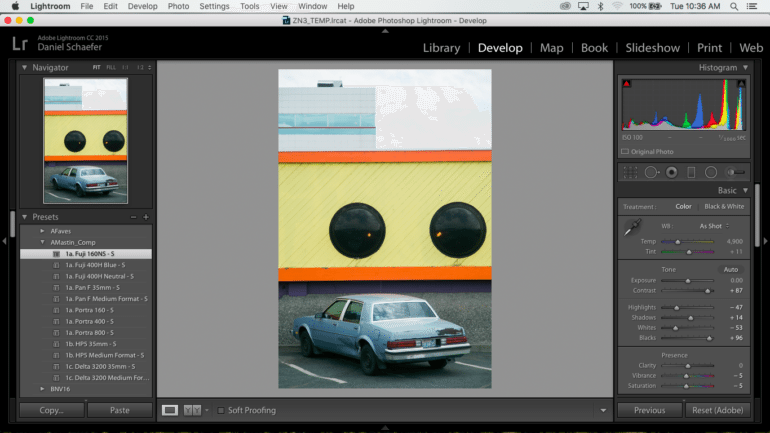
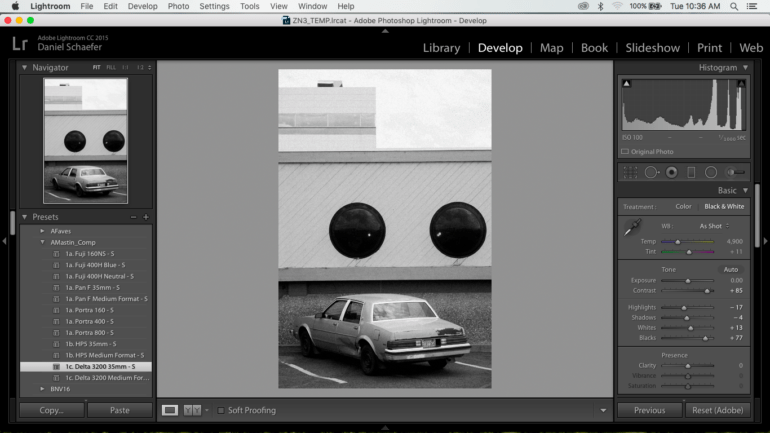
One of the most common weaknesses of digital cameras and presets vs film is the color green. Digital sensors more often than not produce a color that feels unnatural, or electric while film keeps the varied tonality of grass or trees much more naturally.
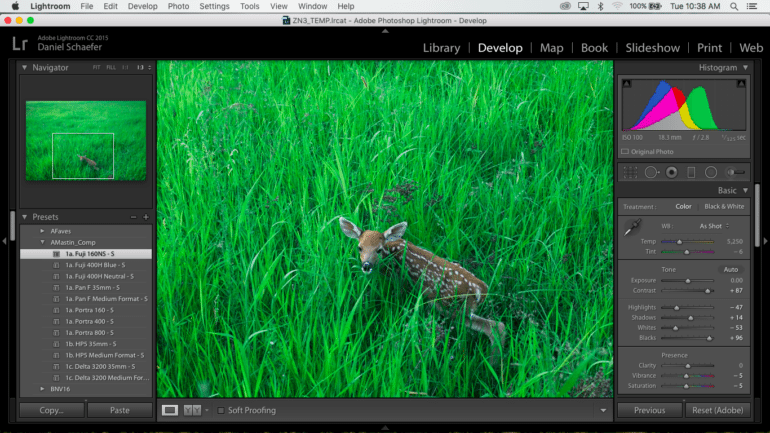
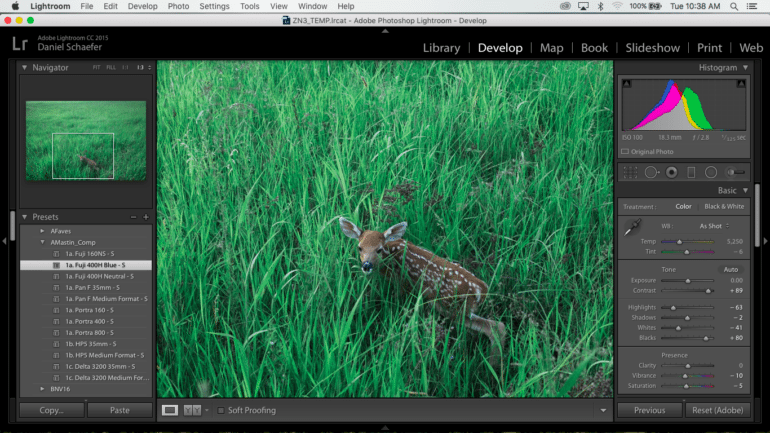
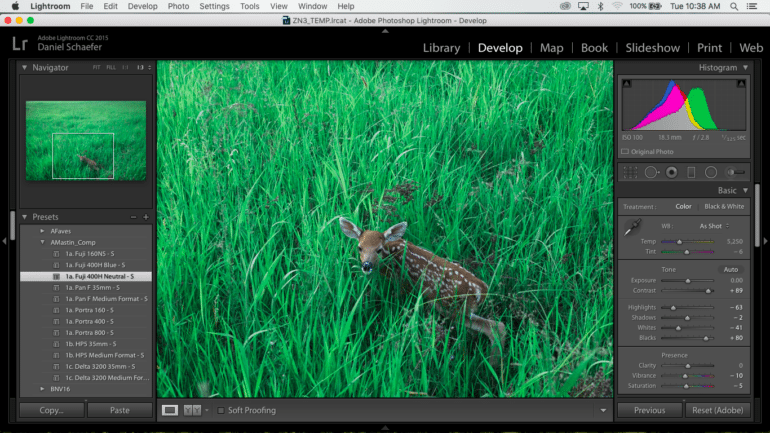
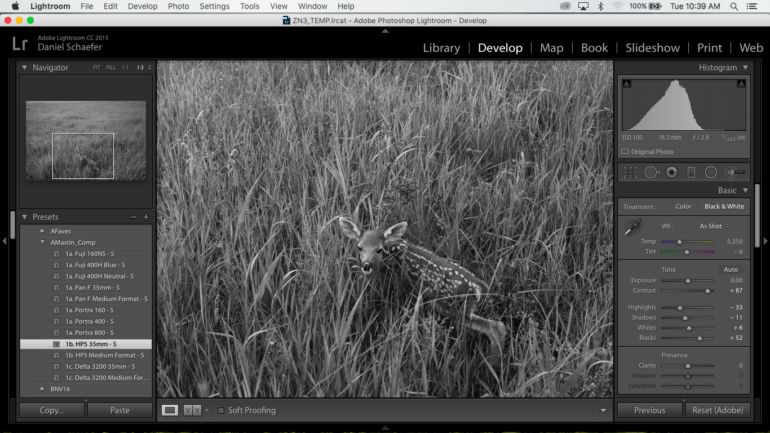
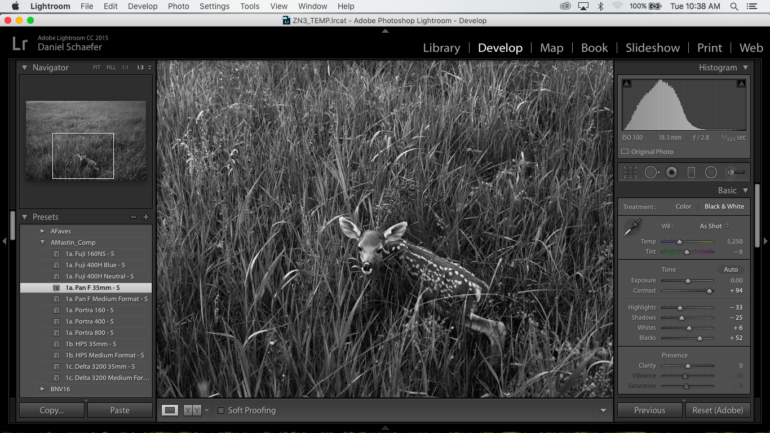
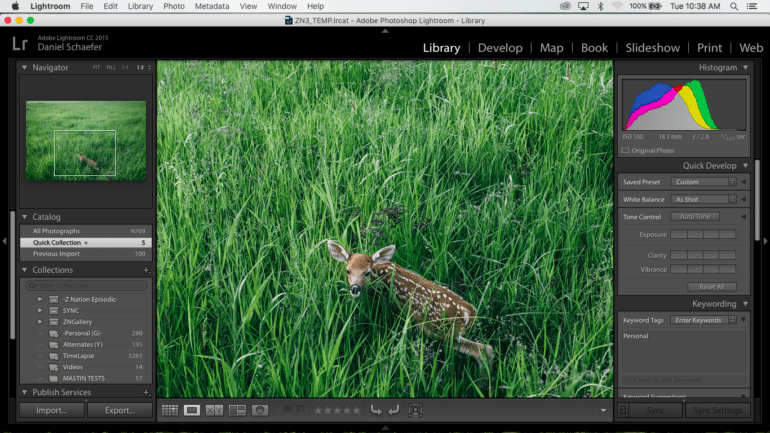
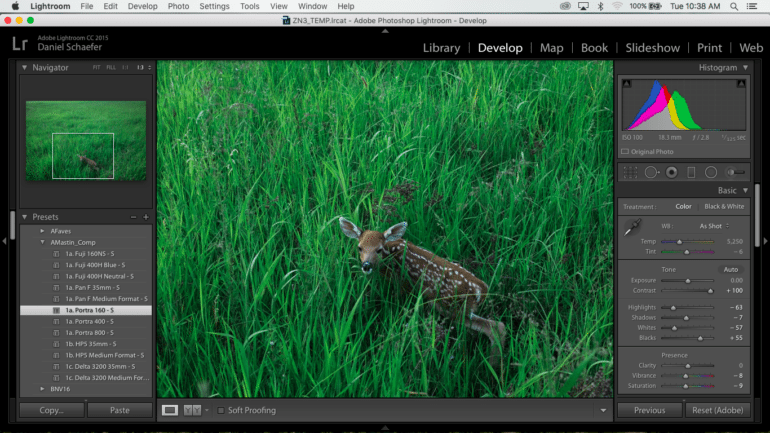
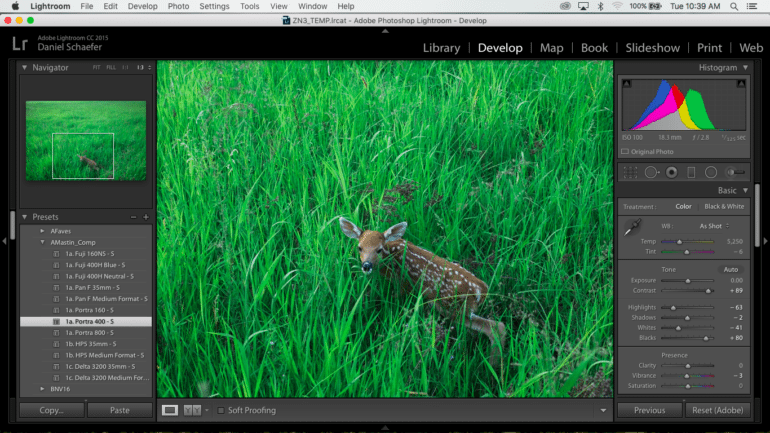
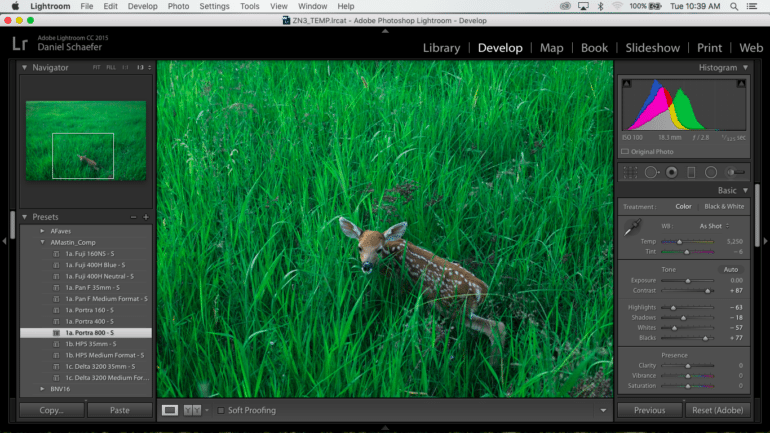
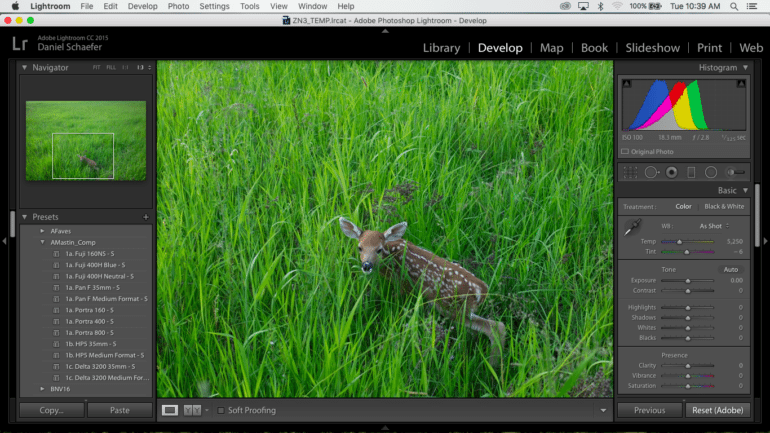
Then there is color fidelity and skin tone control of each preset; more often than not presets tend to push the whole image one way or another into a tone that doesn’t allow greens/yellows to feel natural while maintaining a skin tone that doesn’t end up feeling electric.
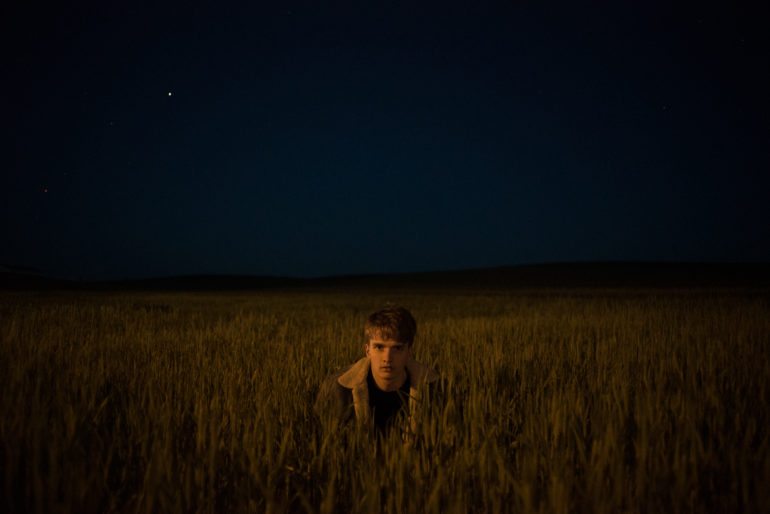
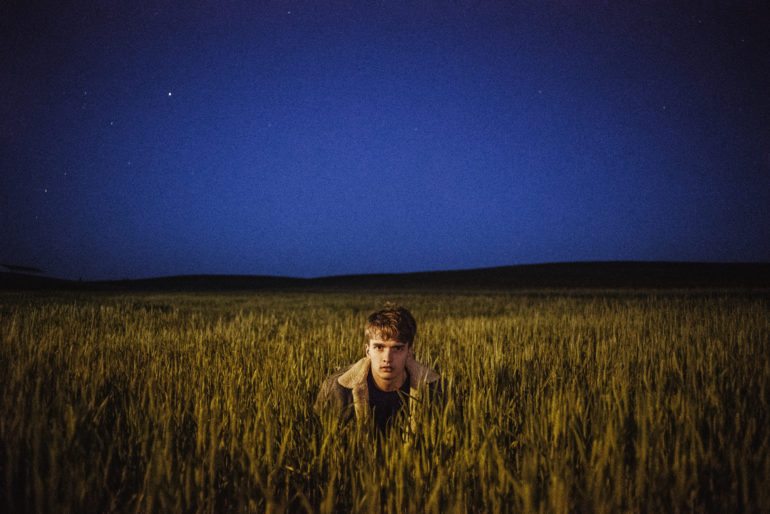
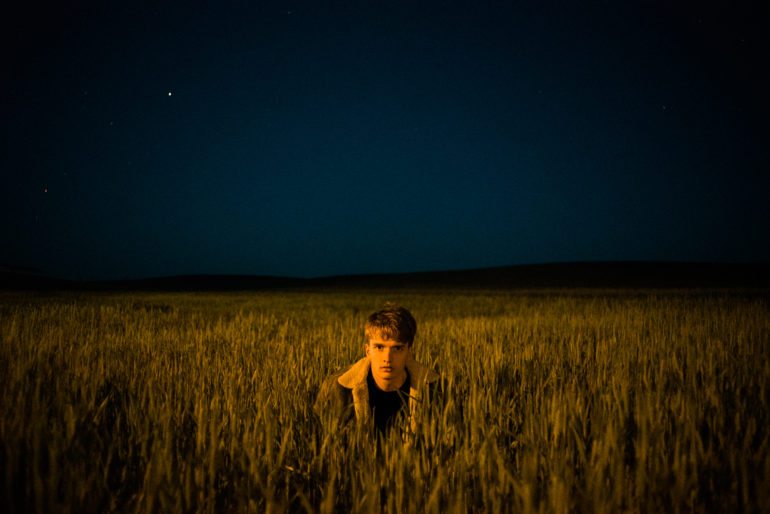
Mastin claims “Perfect skin tones & an authentic film look in three clicks or less.” Overall I found this claim to be more along the lines of three clicks within the Mastin presets, six or seven to cancel out the sudden shift in the shadow colors and suddenly blown out highlights, and then another half dozen slider fudges to finalize a somewhat useable image, all in all essentially cancelling out the very actions that the Mastin packs start you with.
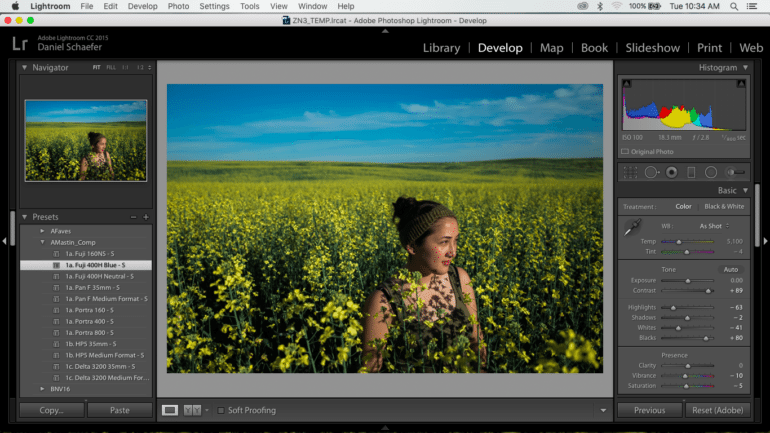
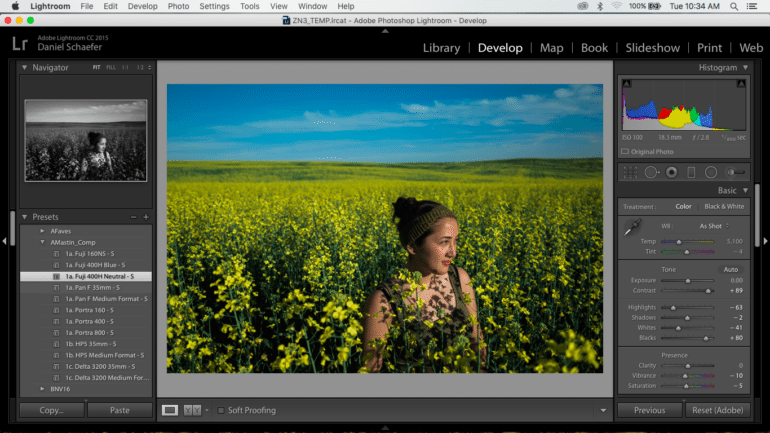
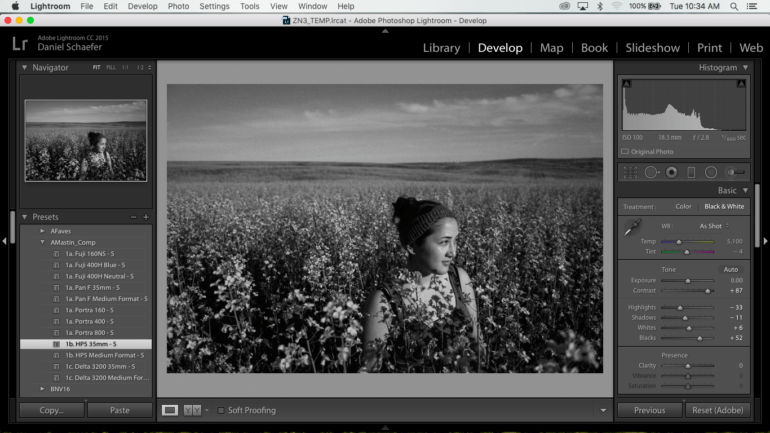
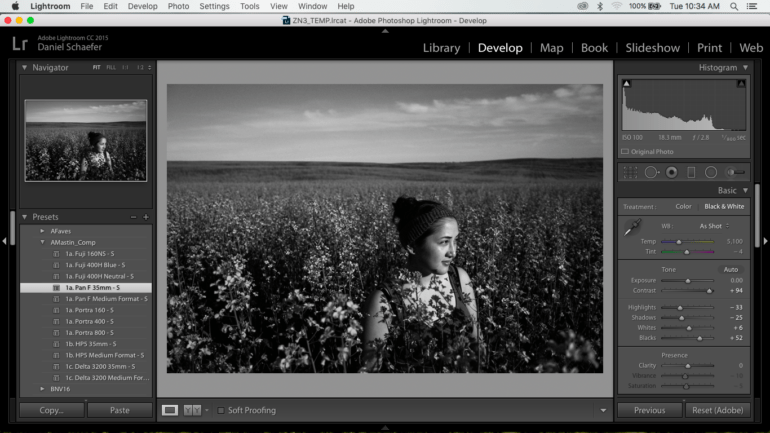
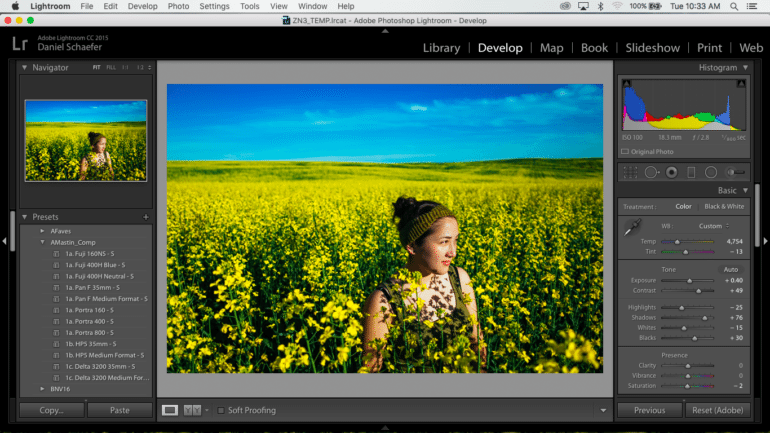
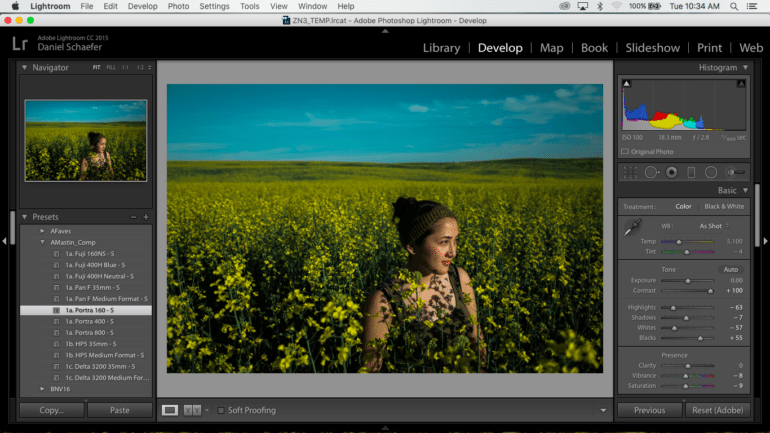
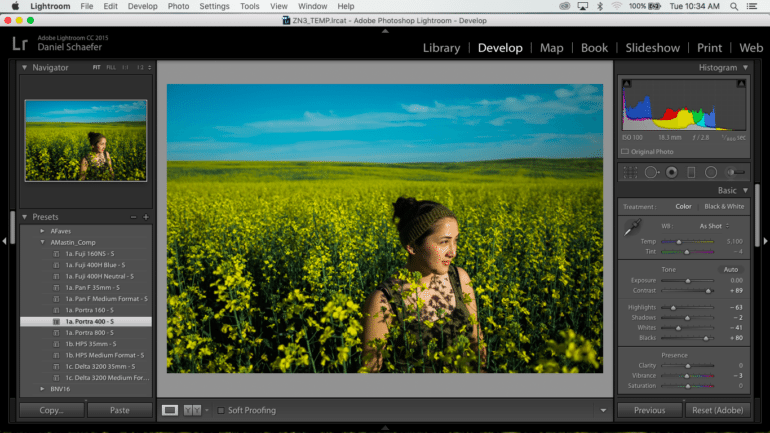
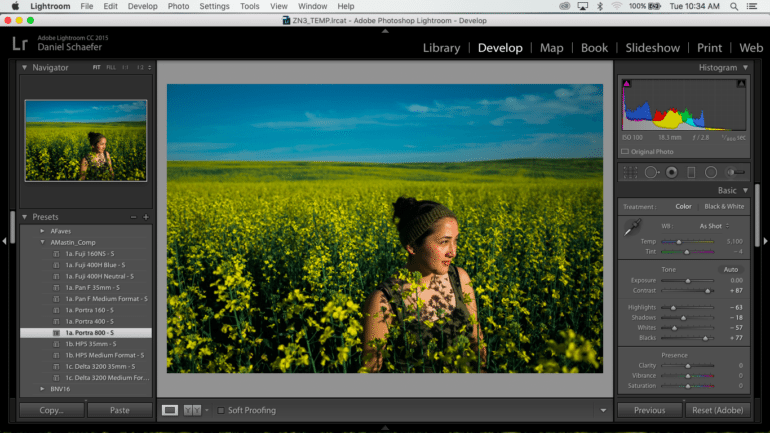
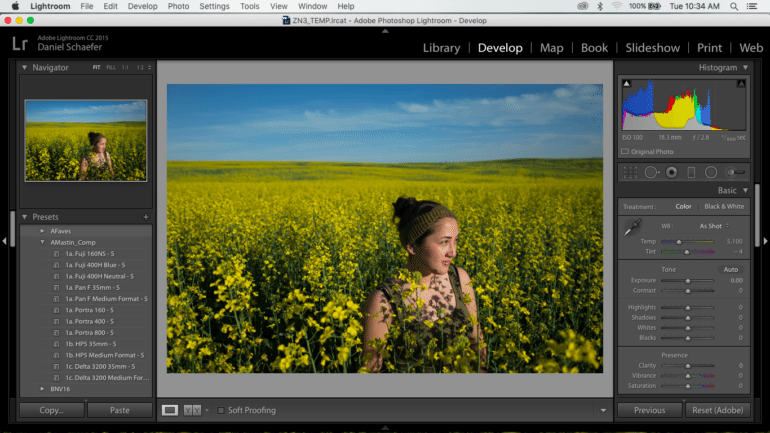
When it comes to presets, I wholeheartedly encourage attempting to construct your own. Building a pallet unique to your own style makes for a much more satisfying and reliable workflow, and keeps you out of the cookie cutter world of cream tone blown out highlights and graying faded shadows that so many have fallen so bluntly into.
Extra Image Samples
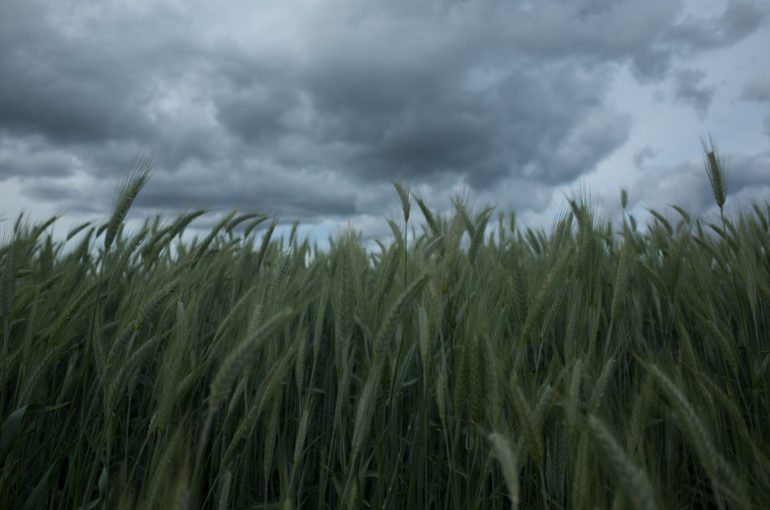
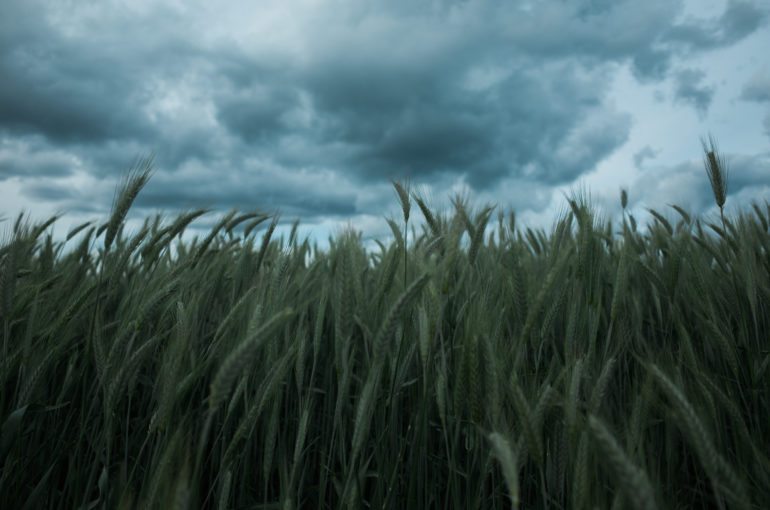
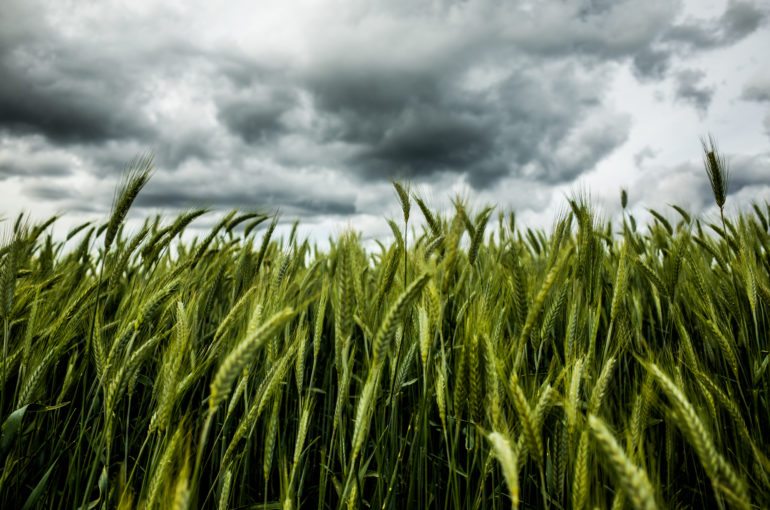
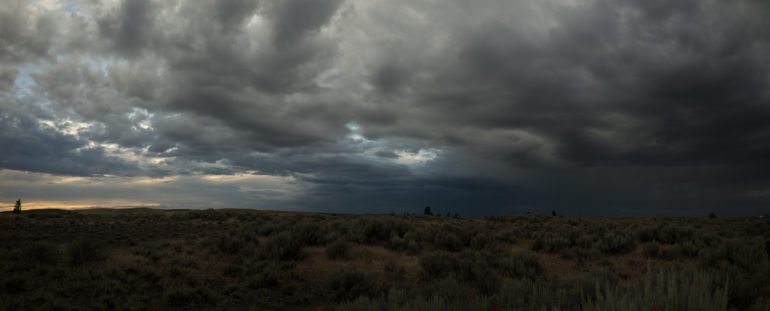
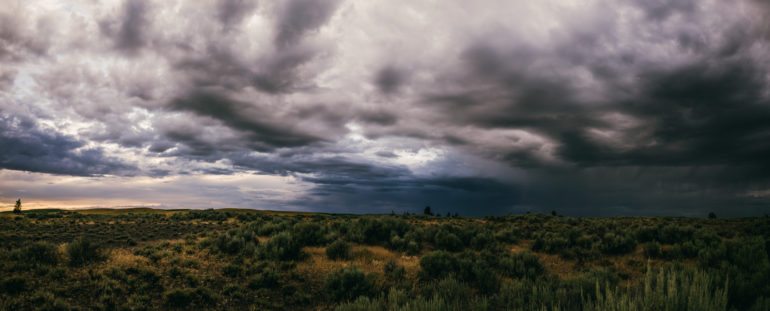
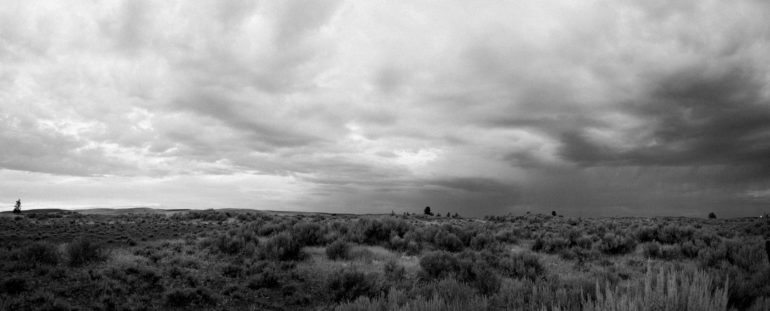
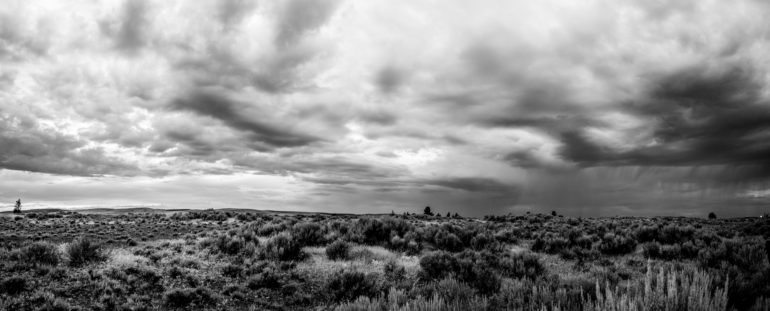

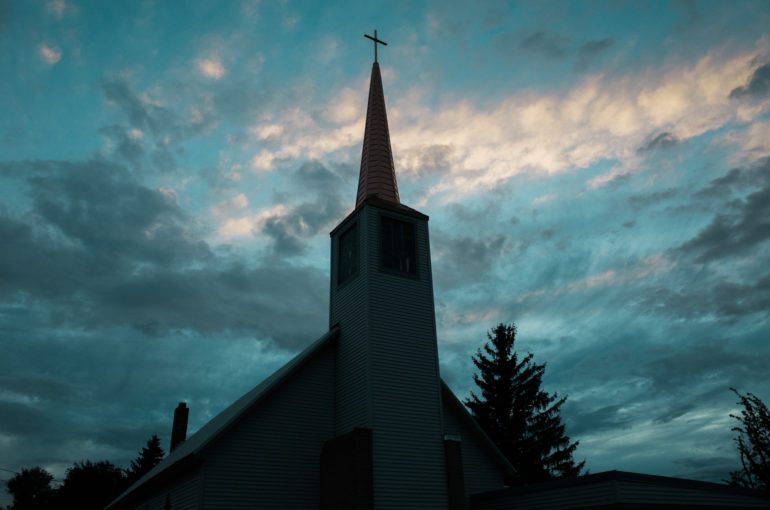
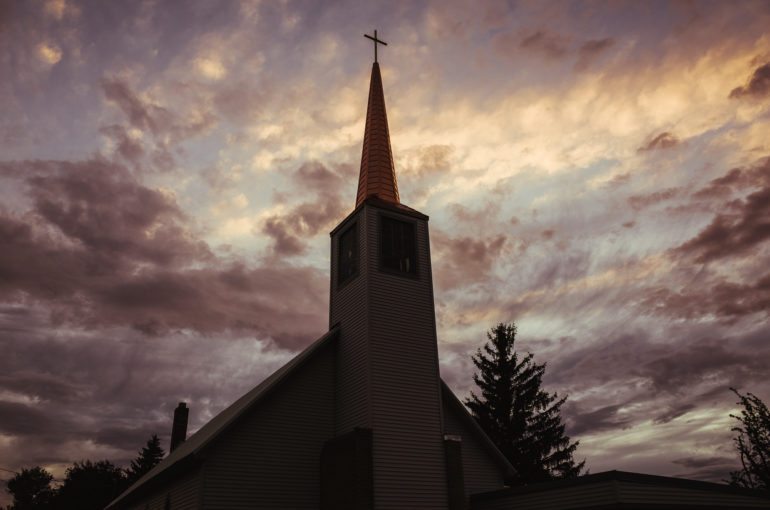
Conclusions
When it comes to value there’s sadly no debate in my mind that the Mastin packs are a poor investment for any photographer, amateur, professional, and any in between. At $119 per pack, Mastin only offers a slim selection of emulsion emulations, only one of which (Delta 3200 35mm) I would consider within miles of accurate. The addition of a handful of blunt one push modifiers makes for a workflow that forces you into a corner, one that you end up having to fight with the sliders in order to get out of, or simply reset the image altogether.
If you’re hellbent on starting with a preset family and working from there, I personally and without any pre-arrangement with the company put my stamp on VSCO presets as a much better investment. Each pack comes with a myriad of emulsions, and while you may well debate their accuracy as well, at least I’ve never found myself working against the preset to make a useable image. VSCO is a great place to start if you’re just getting into color correcting with a more filmic style in mind, and while I won’t put my name behind their presets accuracy at emulating the emulsions they’re named after either, at least they start you off with an interestingly toned image. Sadly I cannot say the same for Mastin Labs.
In the end, you have to ask yourself as a photographer how much time and effort you want to spend on building a visual style for your finalized images. Every photographer in the world can look at another shooters work and immediately think what they would have done differently, so why hobble yourself at the starting line by leaving your images to presets that you had no part in concocting?
Try your hand at defining your own visual style, and keep away from the cookie cutters when you’re in your digital kitchen.


